The Wildlife Economy Investment Index (WEII) is a measure of investment potential in Africa’s wildlife economy. The big five investment opportunities are ecotourism, carbon market (including natural climate solutions), hunting (including some aspects of fishing), wildlife ranching, and forest products. Taken together, they constitute a market share of over USD 250 billion a year in Africa (See Snyman et al. 2021. Roadmap for Africa’s Wildlife Economy).
The overarching objectives of WEII are four-fold:
The development of WEII involves ALU SOWC research team, Advisory Group, and stakeholders from different sectors and countries in Africa. A first inception meeting with stakeholders and experts happened in December 2021 up and discussed WEII, relevant indicators for WEII, ways of working, etc. Based on this meeting deliberations and the research to date, WEII will include indicators covering:
Some of the potential indicators, amongst others, to review for WEII include:
ALU SOWC will complete a desktop analysis of all relevant documents/reports/related indices/rankings to provide background and context for the development of the index, as well as to avoid duplication of effort as much as possible. ALU SOWC will also conduct data collection and analysis based on inputs from the Advisory Group, present the draft WEII to the relevant stakeholders for inputs/comments and make revisions as deemed. WEII is ought to be repeatable, objective, and provide valuable insights to investors and which can be easily rolled out across the continent over time. WEII will be finalized and the first iteration launched towards the end of 2022, with an official full launch at the Business of Conservation Conference in 2023.
As part of the research process we host stakeholder dialogues and stakeholder engagement workshops to get inputs, raise awareness and build capacity. Case studies and reports are externally peer-reviewed by key experts to ensure robustness and quality research outputs.
To-date, our research has fed into the review of the Wildlife Act in Kenya, the review of the Tourism Revenue Sharing Policy in Rwanda as well as being widely sited in academic articles, as well as news articles and presented at the inaugural Africa Protected Areas Congress. The research has also been referenced in the Framework Strategy for a SADC Wildlife-Based Economy and the UNEP wireframe for a biodiversity economy in Africa, amongst others.

The ALU School of Wildlife Conservation is the first of its kind on the continent, dedicated to growing the next generation of world class conservation leaders in Africa.
The continent needs home grown African leaders to spearhead new and innovative approaches in the business of conservation.
Bumbogo, Kigali Innovation City, Next to Azam, Kigali, Rwanda
Phone: +250 784 650 219
sowc@alueducation.com